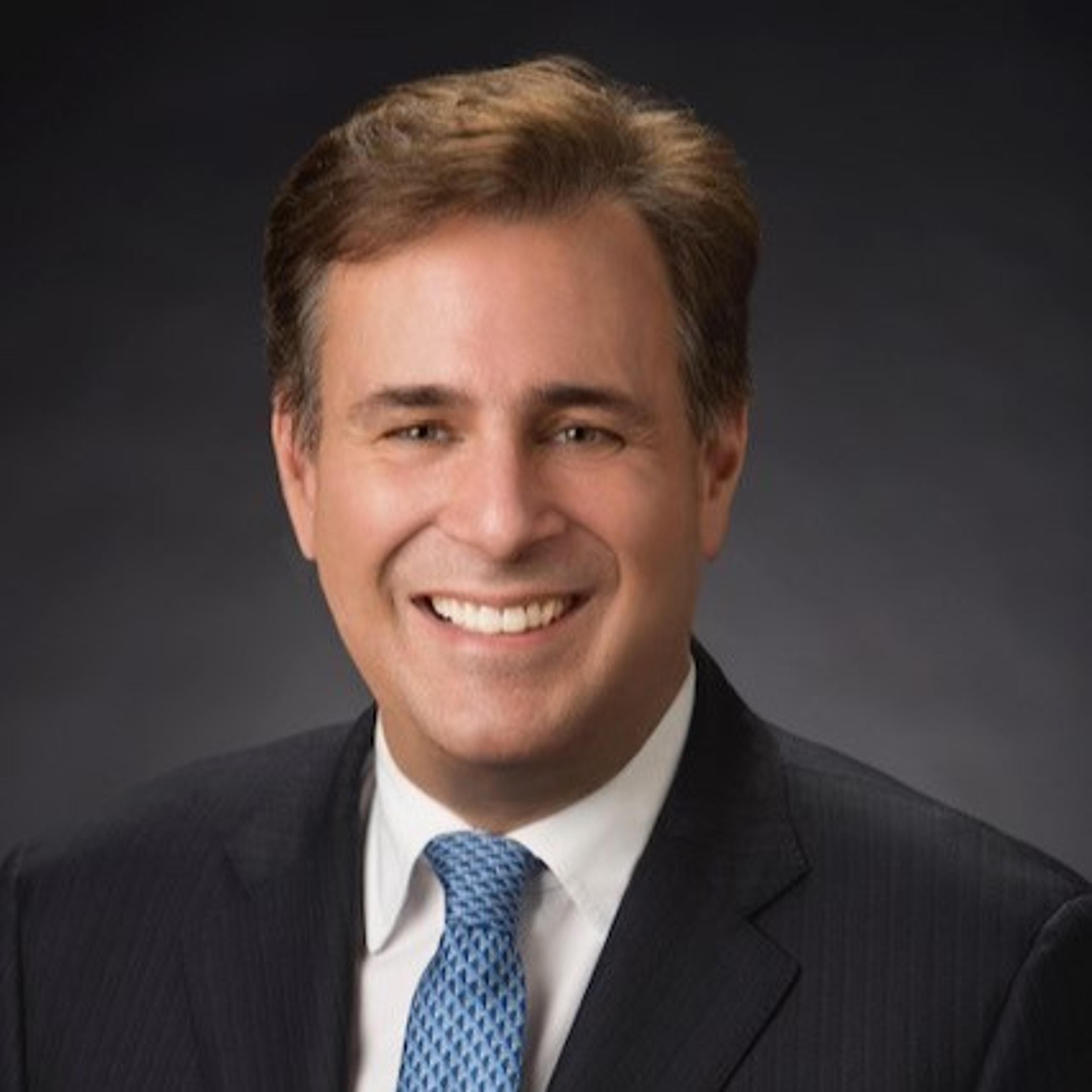Addressing Health Care Disparities in the LGBTQ+ Community

James Grant, M.D.
| 4 min read
James D. Grant, M.D., is executive vice president and chief medical officer at Blue Cross Blue Shield of Michigan. Dr. Grant is a native Michiganian and graduate of Wayne State University School of Medicine. He completed his post graduate training at Northwestern University Medical Center in Chicago. He is a diplomate of the American Board of Anesthesiology, completed his recertification in 2008 and is an associate examiner for the Board.

An estimated 20 million U.S. adults identify as part of the LGBTQ+ (Lesbian, Gay, Bisexual, Transgender, Queer and other non-binary gender identities and sexual orientations) community. Members of this community may experience discrimination, victimization, and social stigma, which can result in significant barriers to health care.
As a result, the LGBTQ+ community is impacted by health and health care disparities such as high rates of mental health disorders, substance use, obesity, and suicide. In 2016, the LGBTQ+ community was identified as a “health disparity population” by the National Institute on Minority Health and Health Disparities.
The community faces challenges with access to health care and low utilization of health services due to not feeling comfortable or safe sharing gender or sexual identity with health care providers.
Surveys confirm barriers to care
Some of the barriers to care members of the LGBTQ+ community face include exclusion from a partner’s health insurance, provider-related discrimination, psychosocial barriers (e.g., fear of disclosing sexual orientation and gender identity or illegal behaviors) and poor matches between the needs of LGBTQ+ people and the kinds of services that are available.
In a 2020 Center for American Progress survey, 16% of respondents said they avoided or postponed health screenings because of disrespect or discrimination from health care providers. Among respondents who are transgender, 47% reported that they experienced some form of negative and/or discriminatory treatment from a doctor or health care provider in the last year.
Increasing awareness and addressing disparities
To address these issues, Blue Cross has worked with physician organizations over the past few years to help physicians and their teams develop capabilities to address LGBTQ+ health and health care disparities, and to create more inclusive processes within medical systems of care.
For example, the Patient-Centered Medical Home guidelines contain capabilities focused on LGBTQ+ inclusion. Because PCMH practitioners play a vital role in delivering foundational patient-centered care, it is imperative to add policies and processes that support LGBTQ+ inclusion and address health disparities and equity issues.
One capability asks practices to include in their patient registry “advanced patient demographics to enable them to identify vulnerable patient populations” so they can identify and address disparities in care. Gender identity and sexual orientation are included in those demographics. Another capability encourages practices to be inclusive and trained on specific needs of LGBTQ+ patients.
For example, PCMH practices could offer training to staff on specific needs of LGBTQ+ patients and use inclusive language on their forms and procedures. The PCMH guidelines include additional sources to help PCMH practices build inclusive capabilities.
John Duhn, D.O., with Spectrum Health Medical Group, said, “It’s crucial for patients to have a place where they feel safe to present their full self. PCMH can help patients feel like they are a part of the team and we can support each other. We are engaging and finding more providers who are able to help with this population.”
In addition to the PCMH capabilities, Blue Cross asks all participants in the Physician Group Incentive Program to go through an education session on unconscious bias in health care. This initiative began with physician organizations’ key leaders and staff, then expanded to primary care physicians and their office staff. Physicians who are designated as Patient-Centered Medical Homes must complete unconscious bias education to continue to receive the associated value-based reimbursement tied to the PCMH designation.
Additional efforts
In another effort to address health care disparities, Blue Cross launched the Physician Diversity Council. Comprised of medical providers representing medical societies, psychiatry, geriatrics, the LGBTQ+ community, community-based care and other communities statewide, council members address bias, health equity, cultural competency and other issues that influence health care in the LGBTQ+ and other diverse communities.
The goal in all these efforts is to further understand the needs of LGBTQ+ patients, help the patients feel safe and understood, and to create healthier communities where there is access to affirming care. All Blue Cross members should have equal opportunities to obtain the best possible clinical outcomes.
James D. Grant, M.D., is chief medical officer at Blue Cross Blue Shield of Michigan.
More from MIBluesPerspectives:
- New Guidelines Help Doctors Plan for Safe Surgery After a Patient’s COVID Infection
- Blue Cross Starts Statewide Physician Diversity Council
- What Does 'Patient-Centered' Care Mean?
Photo credit: Getty Images





